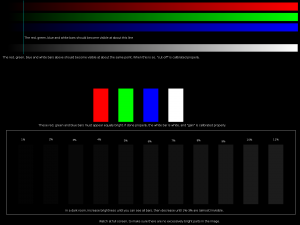I’m trying to upgrade my qt 4.3 to 4.5. Version 4.5 seems to be split up in several ebuils, one of which is qt-dbus. When trying to install qt-dbus, it says that the files conflict with qt-4.3. This is only normal, because in version 4.3, the files did belong to qt.
The thing is, some time ago, collision protection was disabled by default, which I thought made sense because when I tried enabling it, I’d get errors like these all the time. I disabled it for now (by putting “-collision-protect -protect-owned” in the FEATURES variable in make.conf), to be able to install Qt, but because it is enabled by default, I’d rather not keep it disabled.
(Text was copied from the post I made on the Gentoo forum about it.)


Recent Comments